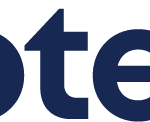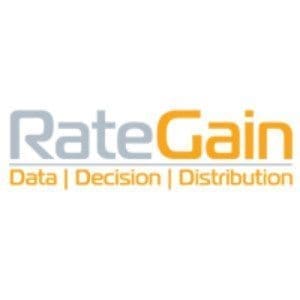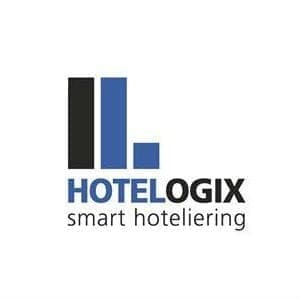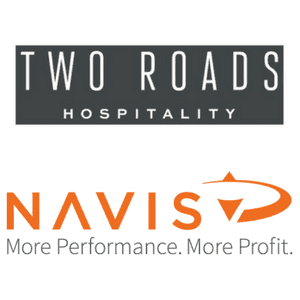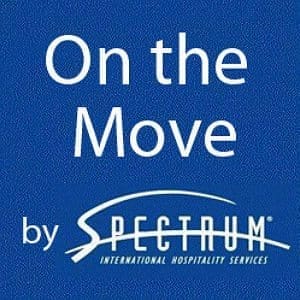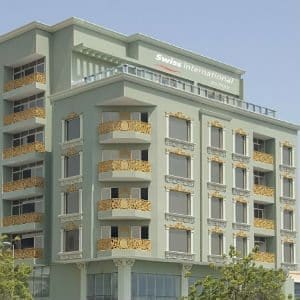Whether your revenues are up or down, controlling your labor costs is essential to maximizing your bottom line. Focusing on productivity as opposed to merely cutting hours or wages maintains the proper balance between labor and quality-it's not efficiency, but effectiveness. If you cut labor and diminish quality, your revenues will go down. Labor costs can be controlled through careful planning, attentive scheduling, and improving the productivity of your staff.
Begin at the Beginning
The first step in improving productivity is to have a plan in place that allocates labor hours based on actual needs and revenue drivers. Managers have a tendency to over-schedule "just in case," but if the extra employees clock in, productivity automatically decreases. The time invested in a little extra planning will more than pay off on your bottom line.
A proactive approach to labor starts with examining the time it takes to perform tasks and how those tasks relate to service volumes. This approach enables an organization to build the labor forecast from the bottom up. What is the absolute minimum labor needed to function? For example, 24 hours of labor are needed to cover the front desk for a day. But when and why are extra people needed? Figuring out what those triggers are, and building your schedule to them, will improve productivity. The peak time when a second person is needed may only be three or four hours, so a four hour overlap shift is productive. An eight hour shift gives more labor than what is necessary to do the work that is required (and is therefore less productive) unless you can find tasks for that person that are not directly tied in to the front desk. Cross-training your staff to perform more than one function is one of the easiest ways to improve productivity.
Logistics, Equipment, and Training
Many hotels and restaurants do things inefficiently because of a focus on the capital cost rather than the labor cost associated with the loss of efficiency without that item. One minute of extra vacuuming per room sold over a year would yield 167 hours of additional labor per 10,000 rooms sold. Multiply that by the hourly wage, and a newer, more effective vacuum might pay for itself in saved labor fairly quickly.
Logistics and layouts can be productivity killers. If a kitchen or laundry room has an inefficient layout it creates a need for more labor to work around the design flaw. Depending on the situation, correcting these design flaws may be cost-prohibitive; however, there are times it is simply a matter of improving organization of the work area that will immediately improve productivity. Look at the layout and flow of your key work areas. Are labor dollars spent on team members moving items from a storeroom on the 4th floor to the kitchen on the first floor? Does it take longer to find things because storage rooms are disorganized? If so, productivity is lessened.
Many businesses are strapped looking for "good help" and they can get desperate at times and make bad hiring decisions. Hiring the wrong person may feel like it is taking some of the load off of the existing team, but it often negatively impacts productivity even more. Training is essential. Hiring a new front desk associate and having them work with someone for a day, followed by putting them on a shift alone, guarantees a loss of productivity and can negatively impact guest satisfaction. Proper and thorough training of your team allows them to be far more productive and also ensures that quality and service standards are maintained. Think you can't afford the time to train people? The reality is that you can't afford not to-the loss in productivity, quality, and service is far more than the cost of training.
Follow Up and Follow Through
Once you have planned your labor, tailored your schedule to meet your actual work demands, and improved the logistics and training for your team, you need to analyze your results. Follow up with your department heads weekly to see if they are scheduling to the objectives you established. Walk the busy work areas and make sure the reorganization is improving the flow. Talk to your team and make sure they have picked up key practices and concepts in their training. Following up helps cement the changes you are making, and can help the morale of your team as they become accustomed to higher productivity levels.
Increased productivity requires an investment of time, and sometimes up front capital, but it will pay off on your bottom line for years to come.
About UniFocus
The Right People. The Right Service. The Right Bottom Line.
UniFocus is the leading hospitality provider of Smart Productivity Tools for Labor Management, Time and Attendance, Survey Feedback Solutions, Performance Productivity, Consulting and Training that are guaranteed to Increase Performance and Drive R.O.I. Our technologies include innovative labor management system modules for forecasting, planning, automated scheduling, operational budgeting, revenue reporting, and business intelligence. UniFocus specializes in operational analysis & process re-engineering enhanced by training for your organization's leadership and overall development. Partnered with survey feedback systems for guest satisfaction, employee engagement, meeting planners, and multi-dimensional mystery evaluations we evaluate the way you do business and help drive success.
UniFocus is an allied member of the American Hotel & Lodging Association and a member of the National Restaurant Association. For more information, visit www.unifocus.com or call 972-512-5100.







